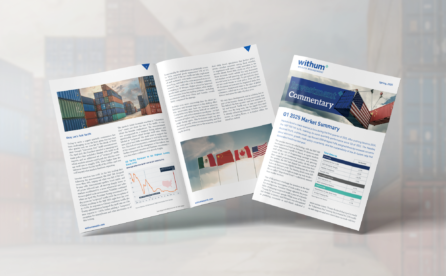Over 4.4 million Texans were left without power during freezing conditions and the outages shut down hundreds of stores and businesses, limiting supplies of food and water. Cities including Austin, Houston and San Antonio are under boil-water notices after a wave of burst water pipes caused shortages. Texans are now dealing with TWO “return to normal” events. Godspeed.
Trying to get a sense for what went wrong, it was not long before the finger pointing and blame game started. Was it the wind turbines? Was it too much reliance on other renewable sources such as solar?
The reality is that wind only accounted for 13% of power outages. The rest came from thermal sources such as natural gas, coal & nuclear. The loss of power to the grid caused by shutdowns of thermal power plants, primarily those relying on natural gas, dwarfed the dent caused by frozen wind turbines. Production of natural gas in the state plunged due to the freezing conditions, making it difficult for power plants to get the fuel necessary to run the plants. Demand threatened to exceed supply. Early Monday, the grid operator called on the state’s electricity providers to begin rolling blackouts to reduce strain on the grid.
Over the years, Texas has avoided federal regulation by having its own power grid, which in normal times worked well. Basically, the Texas power grid is an electrical island by design. Texas is an energy producer (both fossil and renewable), so there has been enough energy to fuel the state and export to the rest of the nation. Having an independent grid can be problematic if the grid is under strain, for example during a cold-weather event. As demand spikes due to the cold weather, most of the state cannot link up with other grids around the US to make up the shortfall. Moreover, since the state does not regularly experience extreme winter, the grid had not been upgraded to handle winter conditions, or “winterized”. Go figure that global warming is what made Texas freezing cold.
Our hearts go out to the millions of Texans affected by these events. We hope that power continues to be restored quickly and for warmer temperatures across the state. We also call for regulators to use the “Texas Freeze” lessons and apply them to strengthen US energy resilience across the country and continue discussions on modernizing our country’s aging infrastructure.


